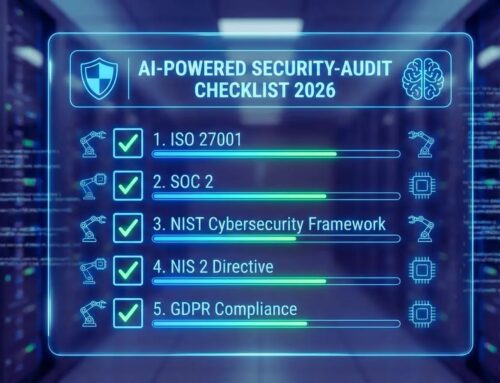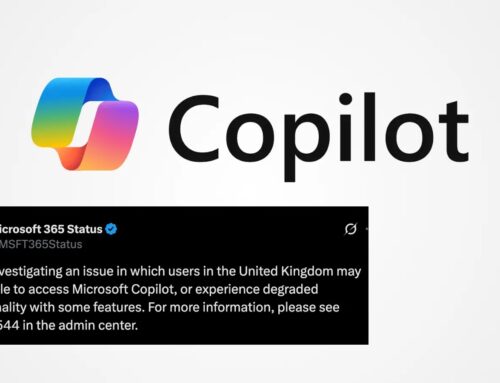
Microsoft Threat Intelligence Briefing Agent Now Integrated With the Defender Portal
The pace of cyber threats continues to accelerate, demanding a more proactive and intelligent defense. Security teams are constantly challenged to move beyond reactive incident response and instead anticipate emerging dangers. Microsoft has taken a significant leap in this direction, unveiling a critical enhancement at Ignite 2025: the direct integration of the Threat Intelligence Briefing Agent into the Defender portal. This development is poised to fundamentally reshape how organizations leverage threat intelligence, transitioning from an information-gathering exercise to an actionable, integrated defense strategy.
Shifting from Reactive to Proactive Cyber Defense
Traditionally, security operations centers (SOCs) have often found themselves in a reactive posture. Alerts are triggered, incidents are investigated, and remediation efforts begin – often after an initial compromise has occurred. The sheer volume and sophistication of modern attacks, from advanced persistent threats (APTs) to highly evasive malware, necessitate a paradigm shift. Proactive defense, fueled by timely and relevant threat intelligence, becomes paramount. Understanding the adversary’s tactics, techniques, and procedures (TTPs) before they strike is the cybersecurity equivalent of predicting the weather before the storm hits.
The Threat Intelligence Briefing Agent: A Game Changer
Initially launched in March 2025, the Threat Intelligence Briefing Agent was designed to democratize access to Microsoft’s vast threat intelligence data. This agent synthesizes complex threat landscapes into digestible, actionable briefings. Its core value lies in providing security professionals with clear, concise summaries of current and emerging threats relevant to their specific environment. This moves beyond raw data feeds to actionable insights, empowering teams to prioritize risks and allocate resources more effectively.
Seamless Integration with the Microsoft Defender Portal
The true power unleashed by this recent announcement is the seamless integration of the Briefing Agent directly within the Microsoft Defender portal. This isn’t just about bringing two tools together; it’s about creating a unified command center for cyber defense. Previously, security analysts might have had to consult separate dashboards or tools to access threat intelligence, adding friction and delaying critical responses. Now, within the familiar Defender interface, teams gain immediate access to:
- Tailored Threat Briefings: Contextualized intelligence directly relevant to the organization’s industry, geographic location, and deployed technologies.
- Predictive Insights: Early warnings about campaigns or techniques likely to target the organization.
- Operational Guidance: Recommendations for adjusting security policies, patching vulnerabilities, or deploying specific mitigations.
- Aggregated Data: A consolidated view of global threat activity alongside an organization’s specific security posture.
This integration streamlines workflows, reduces cognitive load on analysts, and accelerates decision-making, allowing for a more agile and informed response to evolving threats.
Enhancing Strategic and Tactical Security Operations
The integration provides benefits across both strategic and tactical security operations:
- Strategic Advantage: Security leadership can gain a high-level understanding of the cybersecurity landscape, informing long-term security roadmaps and investment decisions. It helps answer questions like “What are the top five threats we should be preparing for in the next six months?”
- Tactical Efficiency: SOC analysts on the front lines can immediately contextualize alerts and incidents with relevant threat intelligence. For example, if a suspicious executable is detected, the Briefing Agent might highlight recent campaigns utilizing similar malware or TTPs, providing invaluable context for investigation and response. This could be particularly critical in understanding the broader impact of a newly discovered vulnerability such as CVE-2024-12345, which might be actively exploited.
The Future of Threat Intelligence in Defender
This integration marks a significant milestone in Microsoft’s vision for sophisticated, AI-driven cyber defense. It underscores a commitment to arming security professionals with powerful tools that not only detect threats but also anticipate and prevent them. As cyber adversaries continue to innovate, the ability to rapidly consume, interpret, and act upon threat intelligence will be a defining factor in an organization’s security resilience. This move by Microsoft empowers organizations to transform their threat intelligence from a passive data source into an active, integral component of their defensive ecosystem.
Remediation Actions and Best Practices
While the Briefing Agent provides essential intelligence, acting on that intelligence is crucial. Here are key remediation actions and best practices:
- Regularly Review Briefings: Designate security personnel to review the Threat Intelligence Briefings regularly and disseminate relevant insights to the broader team.
- Prioritize Patching: Leverage intelligence to prioritize patching efforts, focusing on vulnerabilities (e.g., CVE-2023-54321) that are actively being exploited or are part of targeted campaigns highlighted by the agent.
- Update Detection Rules: Adjust SIEM rules, EDR policies, and firewall configurations based on emerging TTPs reported by the Briefing Agent.
- Conduct Tabletop Exercises: Use the threat scenarios outlined in the briefings to run tabletop exercises and validate incident response plans.
- Enhance User Awareness: Inform users about phishing campaigns or social engineering tactics identified as prevalent threats.
- Integrate with Automation: Explore opportunities to automate responses or data enrichment based on high-confidence threat intelligence indicators.





